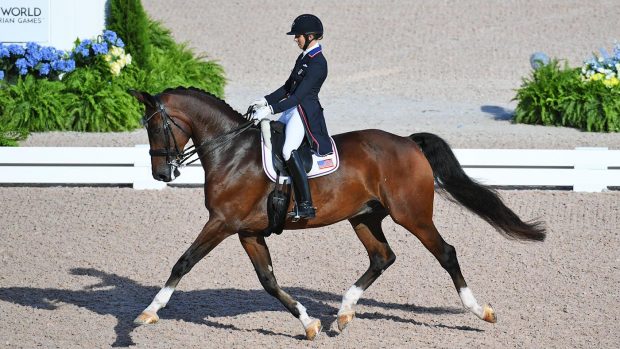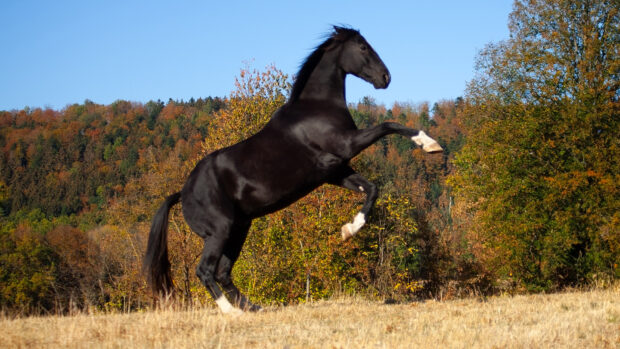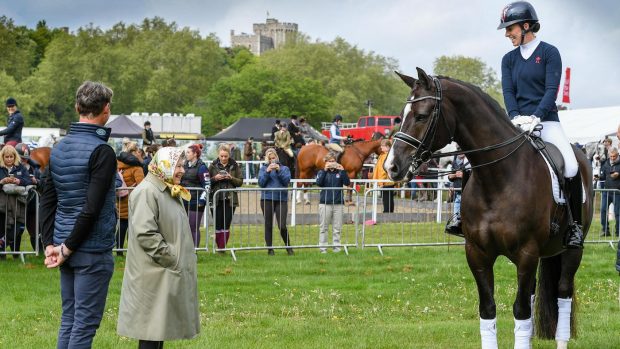State-of-the-art equine reproductive technology has led to the foundation of a charity aiming to save animals from extinction.
Nature’s SAFE is Europe’s first “living biobank”; a tissue bank that will process and store skin and reproductive cells from endangered species, which can then be used in regeneration of animals and restoration of species.
Charity founder and chairman Tullis Matson realised that the techniques developed for equines, and used at his Stallion AI services, could be adapted for use in conservation, by storing live cells from endangered species. The charity aims to store “vital” genetic material that would otherwise be lost.
“We are in the sixth mass extinction; the largest predicted loss of living biodiversity in 65 million years,” said Tullis. “More than one million of the world’s species are threatened with extinction; largely as a result of the actions of humanity.”
The charity uses a specialised cryopreservation media to indefinitely store live skin cells from threatened species.
Once thawed, the cells can regenerate, so can be used in artificial reproduction. Nature’s SAFE will also store ovarian and testicular tissue from endangered animals, and there are plans to develop techniques to generate sperm and egg cells from reproductive tissue.
“To be able to use 30 years of experience in equine reproduction and equine rare breed preservation for an even greater good is a real privilege,” said Tullis.
“It is an honour to be working with some of the world’s most endangered species and knowing that we are saving such important animals is indescribable.”
The charity is working with Chester Zoo and the Rhino Fertility Project at the University of Oxford and is supported by the European Association of Zoos and Aquaria (EAZA) Biobank.
“Nature’s SAFE has true functional relevance by proactively preserving cells and reproductive tissues from endangered and threatened species, while numbers are viable and genetic diversity is high,” said Suzannah A Williams, associate professor and senior research fellow specialising in reproduction at Oxford University, and Nature’s SAFE chief scientist.
Continues below…

‘I love riding Big Star’: meet Stallion AI founder Tullis Matson
From his early days as a jockey to his favourite stallions, find out more about the founder of Stallion AI

Former racehorses help thwart poachers to save rhinos
‘There’s something about thoroughbreds; they’re so dependable and I love them’

How a cloned Przewalski’s foal could help save species from extinction *H&H Plus*

Subscribe to Horse & Hound magazine today – and enjoy unlimited website access all year round
“Therefore, from this point forwards, Nature’s SAFE will safeguard biological resources from endangered animals to ensure that species do not go extinct.”
The charity aims to preserve reproductive cells and cell lines from at least 50 different animals from each species at risk of extinction to ensure their survival.
Tullis told H&H: “I feel incredibly honoured to be able to do this. I absolutely love it.”
Horse & Hound magazine, out every Thursday, is packed with all the latest news and reports, as well as interviews, specials, nostalgia, vet and training advice. Find how you can enjoy the magazine delivered to your door every week, plus options to upgrade to access our H&H Plus online service which brings you breaking news as it happens as well as other benefits.



